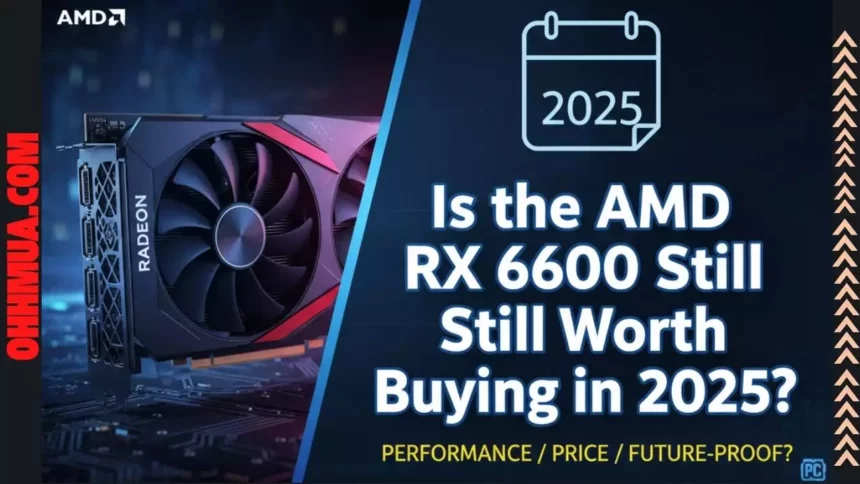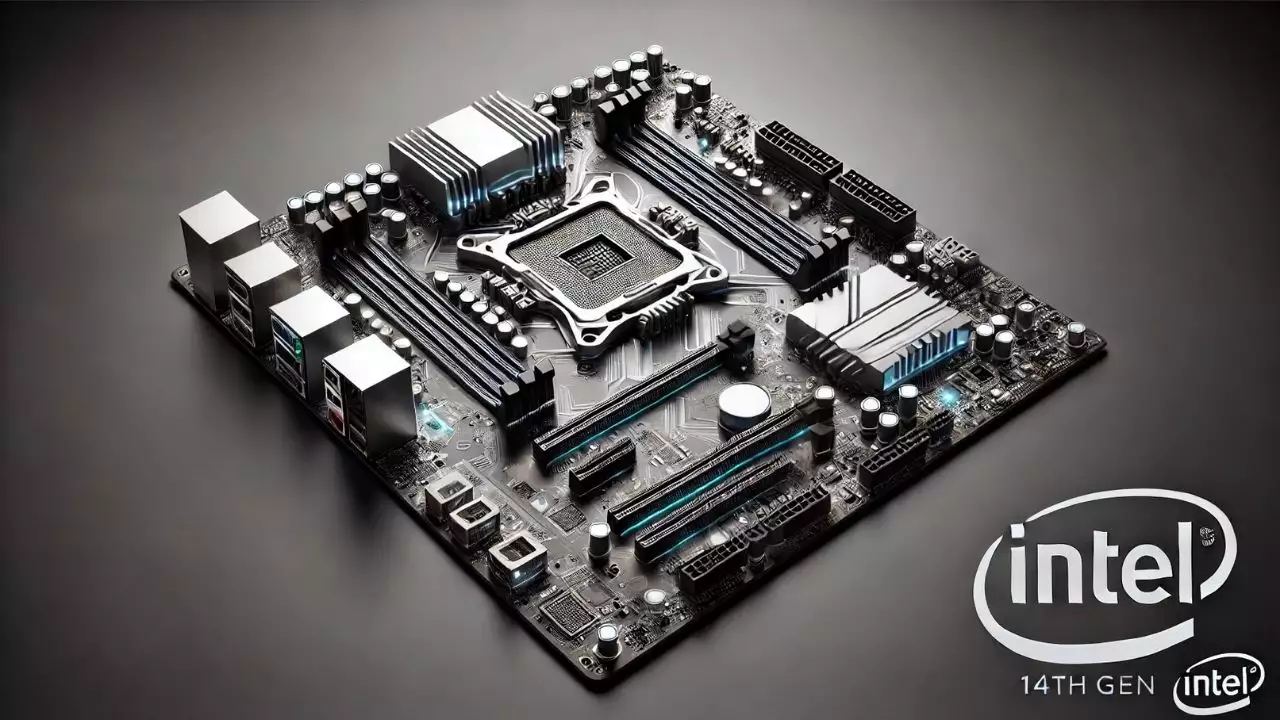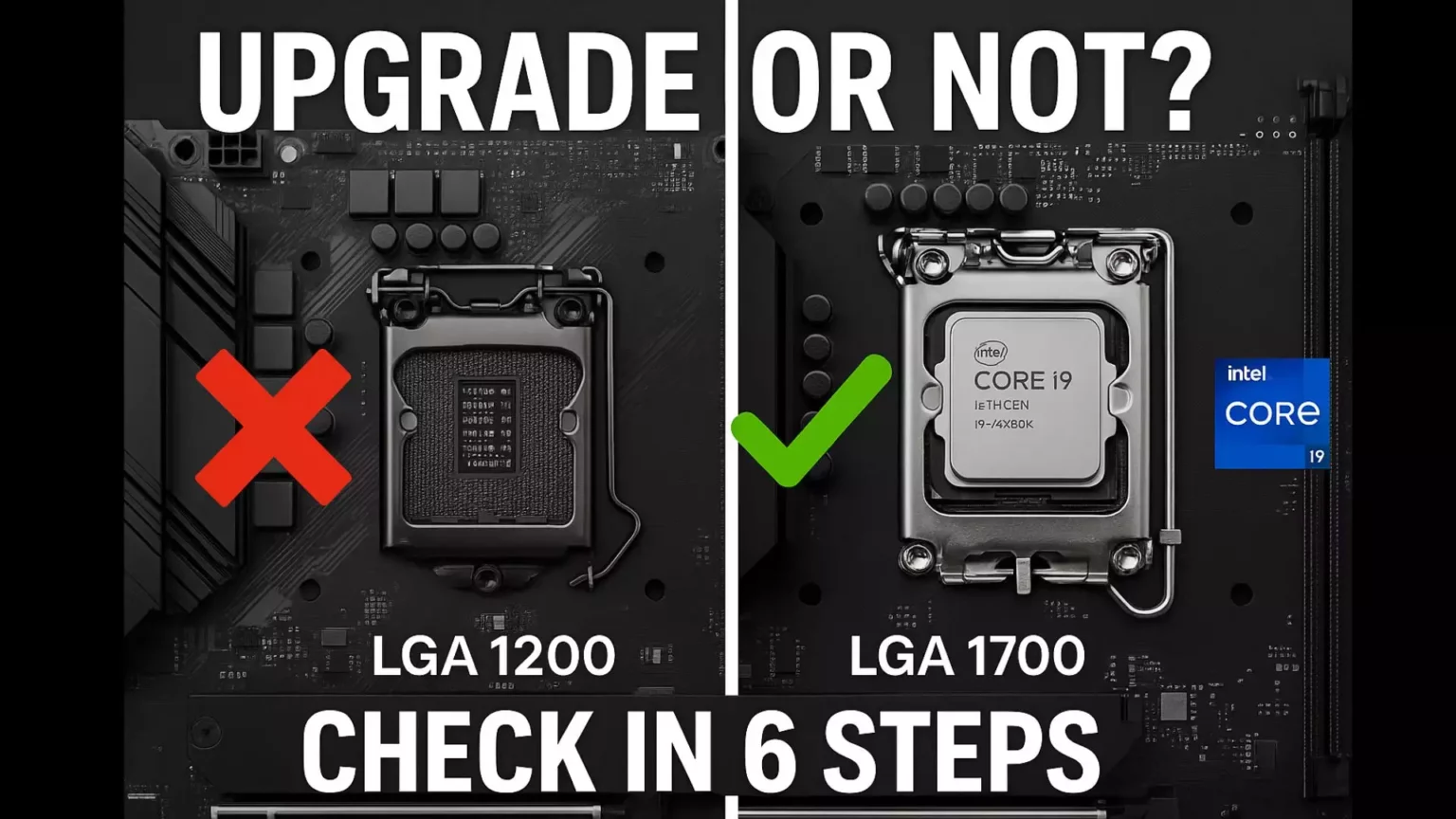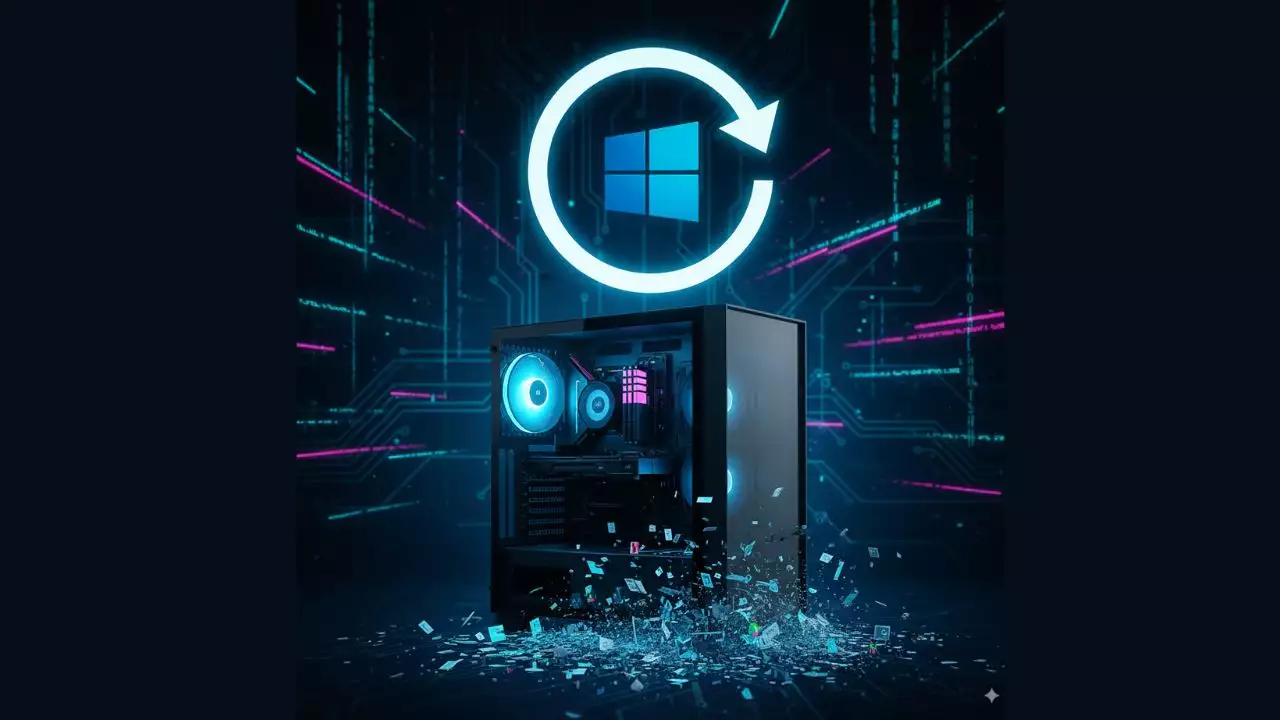When it comes to building a gaming PC on a budget, the AMD Radeon RX 6600 stands out as a reliable choice that’s still going strong in 2025. This graphics card strikes an impressive balance between performance, price, and efficiency, making it ideal for everyday gamers who want smooth experiences without breaking the bank. In this article, we’ll dive deep into everything you need to know about the RX 6600, from its origins and specs to how it holds up against the competition and whether it’s worth your investment today. Whether you’re a seasoned PC builder or just starting out, I’ll walk you through the details in a straightforward way, drawing from general industry knowledge and trends.
Introduction to the AMD Radeon RX 6600
The AMD Radeon RX 6600 is a mid-range graphics card that entered the market as part of AMD’s popular Radeon series, specifically targeting gamers who prioritize value over cutting-edge features. Launched in late 2021, it fits snugly into AMD’s RDNA 2 lineup, which includes higher-end models like the RX 6700 XT and more budget-friendly options like the RX 6500 XT. This positioning makes it a step up from entry-level cards but not quite in the premium territory, appealing to those who want solid gaming without the hefty price tag of flagship GPUs.
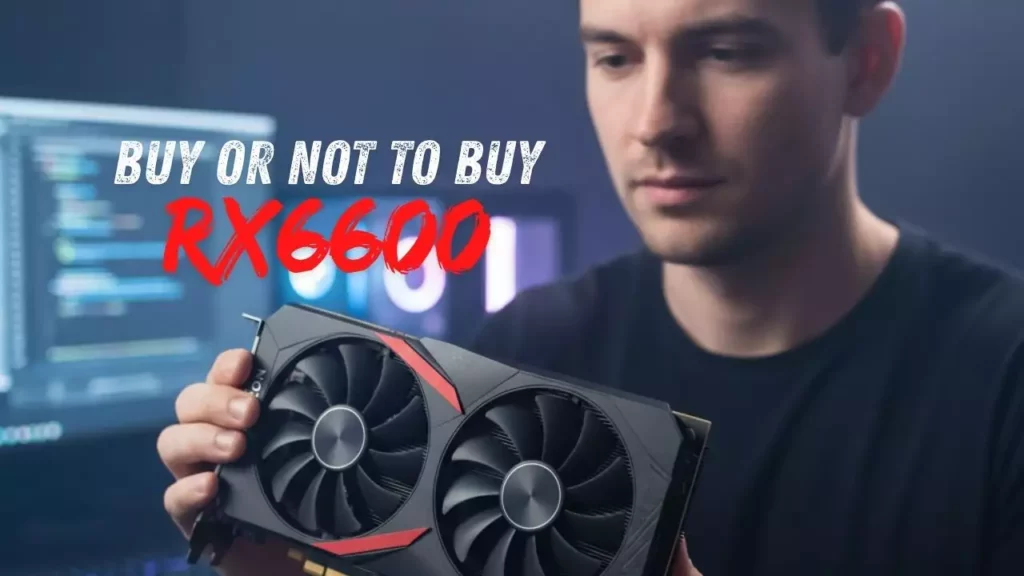
At its core, the RX 6600 is designed for 1080p gaming, which is still the sweet spot for most players in 2025. We’re talking about running the latest titles at high frame rates, whether you’re into fast-paced esports or immersive AAA adventures. AMD aimed this card at casual gamers, students, and budget-conscious enthusiasts who need a dependable setup for everyday use. The goal? Deliver strong performance-per-dollar, especially in a world where graphics cards have fluctuated wildly in price due to market demands and supply chain issues.
In 2025, with advancements in game optimization and technologies like AMD’s own FidelityFX Super Resolution (FSR), the RX 6600 remains relevant. It’s not about pushing boundaries at 4K; instead, it’s about providing a smooth, enjoyable experience at 1080p or even 1440p for less demanding games. If you’re someone who’s upgrading from an older card or building your first gaming rig, this could be the perfect fit, offering that sweet spot of efficiency and capability without overwhelming your wallet.
Technical Specifications of the RX 6600
Diving into the nuts and bolts, the RX 6600 is built on AMD’s RDNA 2 architecture, which was a game-changer when it debuted for its improved efficiency and features like hardware-accelerated ray tracing. This architecture allows for better power management and higher clock speeds, making it a step forward from previous generations.
One of the standout specs is its 8GB of GDDR6 VRAM, which provides ample memory for modern games at 1080p. This VRAM helps handle textures and effects without much stuttering, though it’s not as robust as what’s found in higher-end cards. The memory interface is a 128-bit bus, which means it has a bandwidth of around 256 GB/s, solid for its class but not the widest we’ve seen. Clock speeds typically range from a base of about 1,627 MHz up to a boost of 2,491 MHz, giving it the oomph needed for demanding titles.
Power consumption is another strong point; the RX 6600 has a typical board power (TBP) of 132 watts, which is relatively low. That translates to less heat and a cooler system overall, making it easier to fit into smaller builds or for those who don’t want to deal with massive power supplies. In practical terms, this means you can pair it with a mid-range CPU and still have a balanced setup that doesn’t guzzle electricity. For 2025, with energy costs on the rise, this efficiency is more appealing than ever.
Real-World Performance of the RX 6600
Now, let’s talk about how the RX 6600 performs in the real world. At 1080p, it’s a star player, delivering frame rates that keep up with the action in most games. We’re looking at averages of 60-90 FPS in AAA titles like Cyberpunk 2077 or Elden Ring when using medium to high settings, especially with FSR enabled. For esports games such as Valorant or Counter-Strike 2, you can expect over 100 FPS even at max settings, making it a go-to for competitive players.
Step up to 1440p, and things get a bit more challenging. The card can handle it in less demanding games, but in graphically intensive ones, you might need to dial back settings to maintain smooth gameplay. Benchmarks from sources like TechSpot or Tom’s Hardware generally show the RX 6600 edging out competitors in certain scenarios. For instance, in games like Fortnite or League of Legends, it outperforms expectations, often hitting 120 FPS or more at 1080p.
When comparing it to peers like the NVIDIA RTX 3060 or the AMD RX 6600 XT, the RX 6600 holds its own in rasterization-heavy tasks but lags in ray tracing. In benchmarks such as 3DMark Time Spy, it scores around 8,000-9,000 points, which is competitive for its price bracket. Against the RTX 3060, it’s roughly on par in non-ray-traced games, but the NVIDIA card pulls ahead with DLSS and better ray tracing support. The RX 6600 XT, being a step up, offers about 10-15% better performance, particularly in VRAM-intensive scenarios.
Strengths of the RX 6600
One of the biggest draws of the RX 6600 is its incredible value for money. In 2025, you can often snag one for under $200 on the used market or around $250 new, making it a steal compared to newer releases. This affordability doesn’t come at the expense of quality; it’s efficient and capable, allowing gamers to enjoy a wide range of titles without overspending.
Energy efficiency is another major plus. With its low TBP, the card runs cooler and quieter than many rivals, which is great for prolonged gaming sessions. AMD’s FidelityFX Super Resolution (FSR) is a highlight here, as it upscale lower-resolution images to higher ones with minimal quality loss, effectively boosting performance in supported games. For esports enthusiasts, the RX 6600 shines, delivering high frame rates in titles like Dota 2 or Overwatch, where precision and responsiveness matter most.
Overall, its ability to handle AAA games at 1080p with ease makes it versatile. Whether you’re playing story-driven epics or quick multiplayer matches, this card ensures you get the most out of your setup without needing a top-tier system.
Limitations of the RX 6600
No card is perfect, and the RX 6600 has its share of drawbacks. At 1440p or 4K, performance starts to falter, especially in newer titles with complex lighting and textures. You might see frame drops below 60 FPS in games like Starfield or Horizon Forbidden West, requiring you to lower settings or rely on upscaling tech.
Ray tracing is another weak spot. While AMD has improved this feature, it’s still not on par with NVIDIA’s offerings. In ray-traced scenarios, like in games with realistic reflections and shadows, the RX 6600 can struggle, leading to lower frame rates compared to the RTX 3060. Additionally, the 128-bit memory bus limits its bandwidth, which can bottleneck in memory-heavy games or when dealing with high-res textures.
In 2025, with more games demanding more VRAM and advanced features, these limitations might feel more pronounced. It’s a card that’s aging gracefully but isn’t future-proof for ultra-high settings.
Who Is the RX 6600 Suitable For?
The RX 6600 is perfect for the everyday 1080p gamer. If you’re someone who plays a mix of titles and doesn’t need to max out every setting, this card will serve you well. Budget builders looking for a stable, affordable entry into PC gaming will appreciate its reliability, as will esports players who focus on games like Valorant, CS2, League of Legends, or Dota 2.
It’s especially ideal for those on a tight budget, think students, young professionals, or anyone upgrading from integrated graphics. If your setup includes a mid-range CPU and you’re not planning to go beyond 1080p for a while, the RX 6600 offers that sweet spot of performance and stability.
Comparing the RX 6600 with Competitors
To give you a clearer picture, let’s compare the RX 6600 to some of its main rivals. This will help you decide if it’s the right pick for your needs.
First, versus the NVIDIA RTX 3060: The RTX 3060 often edges out in ray tracing and has DLSS for better upscaling, but the RX 6600 is more power-efficient and cheaper. In raw raster performance, they’re neck and neck at 1080p.
Against the RX 6600 XT, the upgrade is noticeable in higher resolutions and VRAM usage, but the price difference might not justify it for casual users.
Compared to the RTX 3050, the RX 6600 pulls ahead in most games, offering better value and longevity.
Here’s a quick comparison table to break it down:
| Feature | AMD RX 6600 | NVIDIA RTX 3060 | AMD RX 6600 XT | NVIDIA RTX 3050 |
|---|---|---|---|---|
| VRAM | 8GB GDDR6 | 12GB GDDR6 | 8GB GDDR6 | 8GB GDDR6 |
| Ray Tracing Performance | Moderate | Strong | Good | Basic |
| Power Consumption (TBP) | 132W | 170W | 160W | 130W |
| 1080p Gaming FPS (Avg in AAA) | 60-90 | 70-100 | 75-105 | 50-70 |
| Price (2025 Estimate) | $200-250 | $250-300 | $250-300 | $150-200 |
This table highlights why the RX 6600 is often the best bang for your buck.
Pricing and Market in 2025
In Vietnam and globally, the RX 6600’s pricing has stabilized in 2025. New cards from brands like ASUS, MSI, Gigabyte, and Sapphire typically range from 4,000,000 VND to 5,500,000 VND (about $150-220 USD), while used ones can be found for 2,500,000 VND to 4,000,000 VND. This makes it accessible, especially with the influx of second-hand markets online.
Is it worth buying now? Absolutely, if you’re on a budget and focused on 1080p gaming. With AMD’s driver updates and game optimizations, it remains viable. However, if you’re eyeing 1440p or 4K, you might want to save for something newer. Popular brands ensure good availability, with variants offering better cooling or overclocking potential.
Conclusion
Wrapping up, the AMD Radeon RX 6600 is a solid choice for budget gamers in 2025, boasting strengths like excellent value, energy efficiency, and strong 1080p performance. Its limitations in ray tracing and higher resolutions are offset by its affordability and features like FSR. If you’re a casual gamer or esports enthusiast, this card fits perfectly, but it might not suit those pushing for ultra-high settings.
In summary, the RX 6600’s pros, affordability, efficiency, and reliability, outweigh its cons for the right audience. As for whether it’s still worth buying, yes, especially if you’re building or upgrading on a budget. It offers lasting performance without the need for constant upgrades.
Frequently Asked Questions
What games run best on the RX 6600?
The RX 6600 excels in a wide range of games, particularly at 1080p. Esports titles like Valorant and CS2 run flawlessly at over 100 FPS on high settings, thanks to its efficient architecture. For AAA games, titles like Assassin’s Creed Valhalla or Forza Horizon 5 perform well with FSR, often hitting 60-80 FPS. It’s best for games that aren’t heavily reliant on ray tracing, making it a great pick for multiplayer and older titles.
How does the RX 6600 handle ray tracing?
Ray tracing on the RX 6600 is functional but not its strongest suit. It supports the feature through AMD’s hardware, but performance lags behind NVIDIA cards. In games like Control or Dying Light 2, you might see reduced frame rates, so it’s advisable to use it selectively or pair it with FSR for better results. Overall, it’s adequate for casual use but not ideal for ray-tracing enthusiasts.
Is the RX 6600 future-proof for 2025?
In 2025, the RX 6600 is still relevant for 1080p gaming but may struggle with the most demanding new releases at higher resolutions. With ongoing driver updates and game optimizations, it can handle many 2025 titles, especially if you use upscaling. However, for long-term use, consider it a mid-cycle option rather than a future-proof one.
What’s the difference between RX 6600 and RX 6600 XT?
The RX 6600 XT offers a slight edge with higher clock speeds and better overclocking potential, making it about 10-15% faster in benchmarks. It’s pricier, so if you’re on a tight budget, the standard RX 6600 suffices for most needs. The XT is worth it if you plan to game at 1440p regularly.
Can I use the RX 6600 for content creation?
Absolutely, the RX 6600 is capable for light content creation tasks like video editing in Adobe Premiere or 3D rendering in Blender. Its 8GB VRAM handles 1080p workflows well, and the efficient architecture keeps things cool. However, for intensive 4K editing or complex renders, you might need more VRAM and power.
How does it compare to integrated graphics?
Compared to integrated graphics like Intel’s UHD or AMD’s iGPU, the RX 6600 is a massive upgrade. It delivers far better frame rates and supports higher settings in games, making it essential for anyone serious about gaming. Integrated options are fine for basic use, but the RX 6600 unlocks a whole new level of performance.
Should I buy a new or used RX 6600?
In 2025, buying a used RX 6600 can save you money, especially if it’s from a reputable seller. Ensure it’s in good condition with no signs of wear. New ones offer warranties and the latest features, so it depends on your budget and risk tolerance. Prices have dropped, making both viable options.
What power supply do I need for the RX 6600?
A 500-600W PSU is sufficient for the RX 6600, especially in a balanced build. It draws about 132W, so even a 450W unit could work, but go for quality to ensure stability. Look for 80+ Bronze or better ratings for efficiency and longevity.

Hi, I’m Nghia Vo: a computer hardware graduate, passionate PC hardware blogger, and entrepreneur with extensive hands-on experience building and upgrading computers for gaming, productivity, and business operations.
As the founder of Vonebuy.com, a verified ecommerce store under Vietnam’s Ministry of Industry and Trade, I combine my technical knowledge with real-world business applications to help users make confident decisions.
I specialize in no-nonsense guides on RAM overclocking, motherboard compatibility, SSD upgrades, and honest product reviews sharing everything I’ve tested and implemented for my customers and readers.

